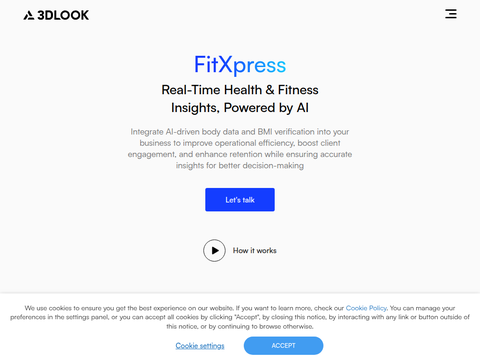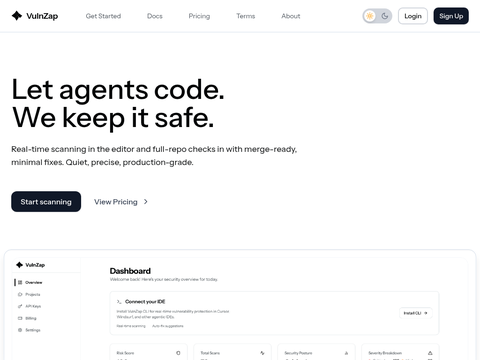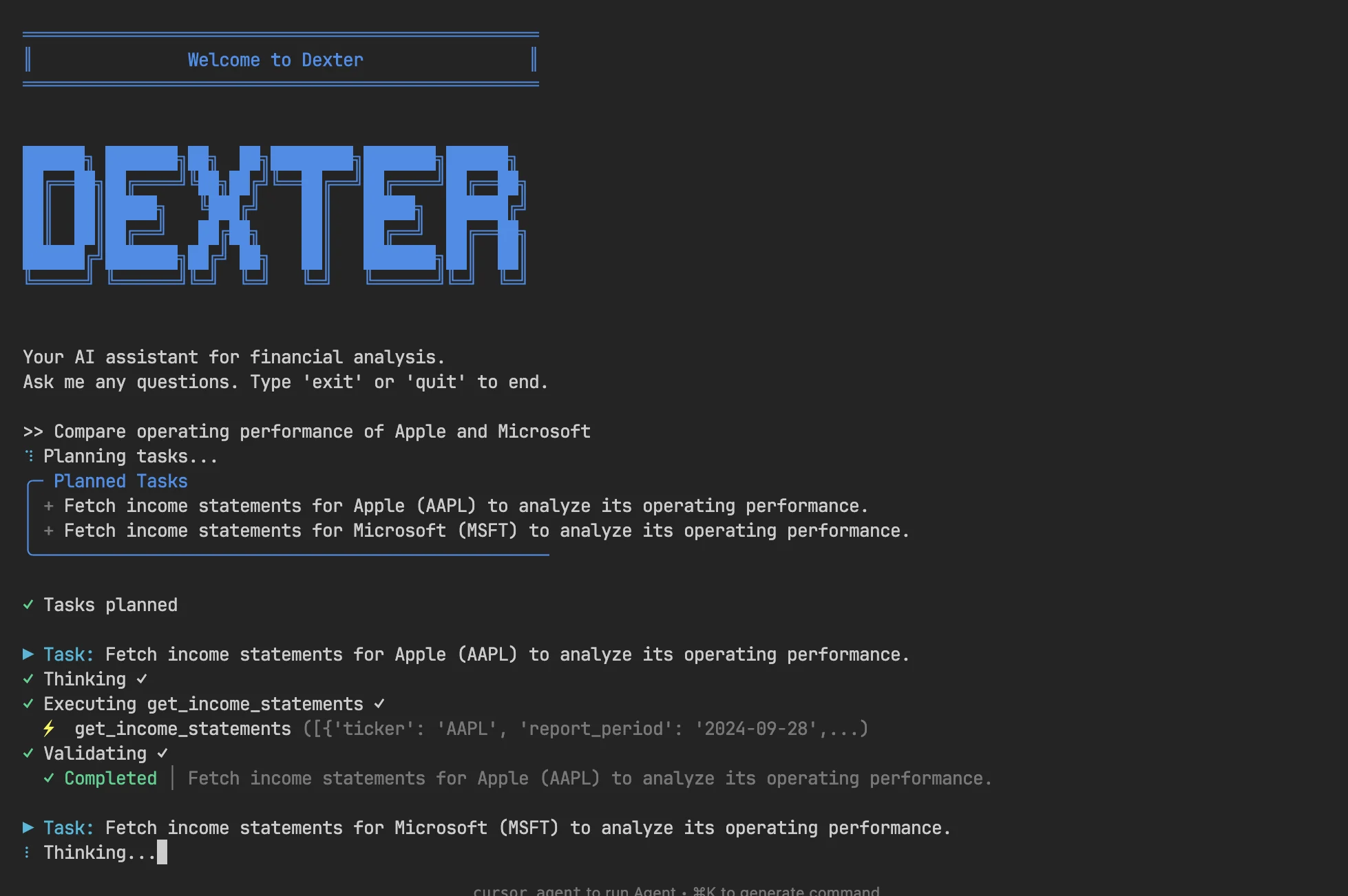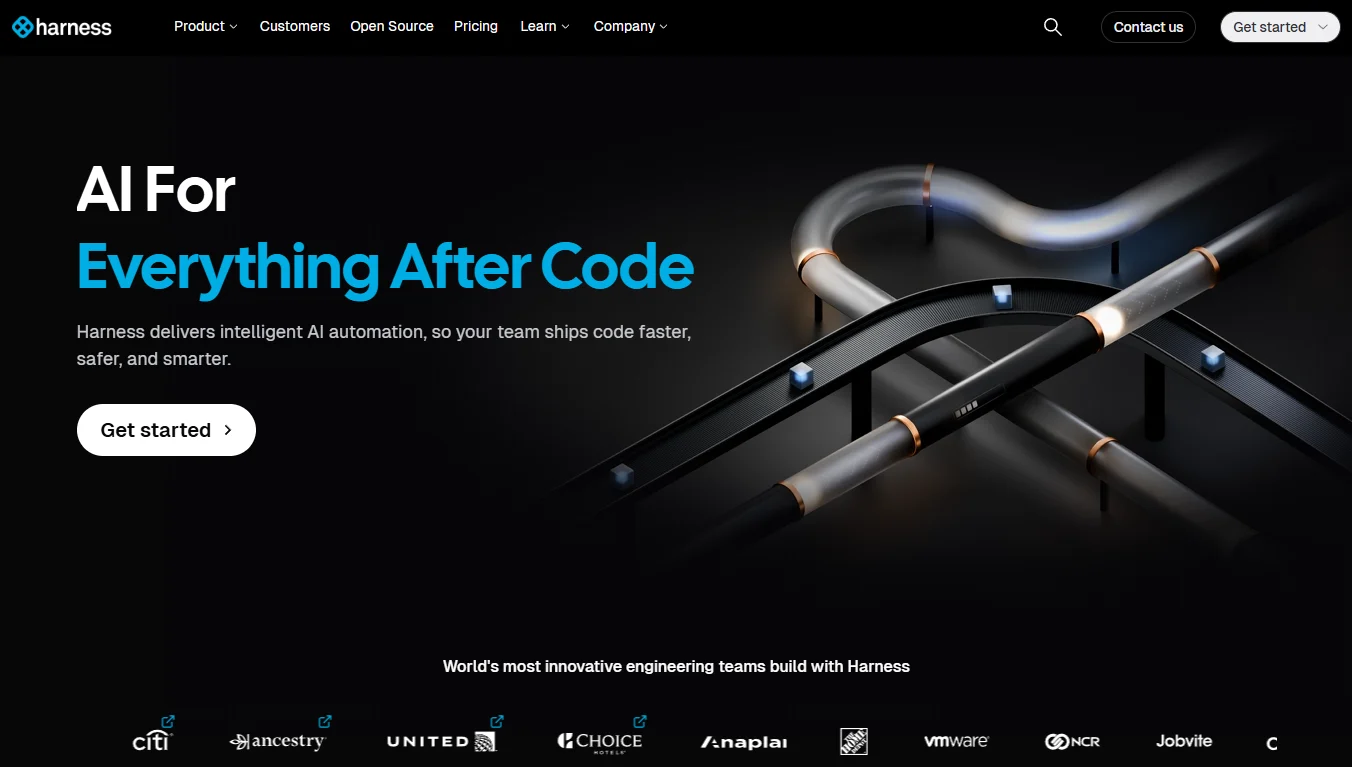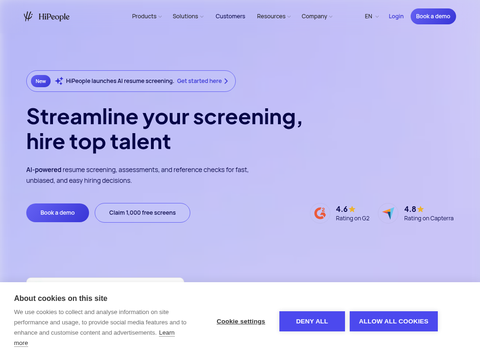Figure AI has announced that it has raised over $1 billion in funding from a group of prominent investors.
This Series C round was led by Parkway Ventures, with participation from NVIDIA, Intel Capital, Qualcomm Ventures, Salesforce, LG Technology Ventures, T-Mobile Ventures, and other institutional backers. The company now holds a valuation of $39 billion, which is 15 times higher than its valuation following the previous funding round last year.
Figure AI specializes in humanoid robots capable of automating repetitive tasks in factories and performing household chores. Its flagship product, the Figure 02, debuted last year. According to the company, the robot's hands offer "human-level strength" with 16 degrees of freedom—a measurement of the range of motion it can perform. In comparison, the human hand has 27 degrees of freedom.
In March, Figure revealed it had completed development of a new robot model, the Figure 03. The company redesigned nearly every component from the ground up, including the actuators and motors used for movement. The Figure 03 also features a custom 2.3kWh battery pack, allowing the robot to operate for up to five hours on a single charge.
The company intends to produce the system at a facility called BotQ, which was also unveiled in March. Figure will use the newly announced funding to scale up production capacity at this site.
BotQ’s initial goal is to manufacture 12,000 robots annually. Over time, Figure plans to significantly increase this output. Some of the produced robots will be used internally to automate the BotQ production line itself.
The facility utilizes custom software to manage manufacturing workflows, track production efficiency, and monitor component inventory. It features more advanced machinery than any previously used by Figure. According to the company, parts that once required more than a week to produce can now be manufactured in approximately 20 seconds at BotQ.
Figure also plans to use the new investment to improve Helix, the artificial intelligence model that powers its robots. Helix is classified as a VLA—short for visual-language-action model. It interprets visual data from sensors on the Figure robots, takes action based on that input, and understands natural language commands from users.
Teaching robots to interact with new objects typically involves manual programming. However, Figure states that robots equipped with Helix can pick up household items they have never encountered before. Additionally, the AI model enables two robots to collaborate on tasks like organizing groceries.
This funding round will allow Figure to build new AI training infrastructure powered by NVIDIA graphics cards. The company’s engineers will use the hardware to improve Helix’s perception and reasoning capabilities. Figure also intends to expand the multimodal datasets used in training its AI models.


